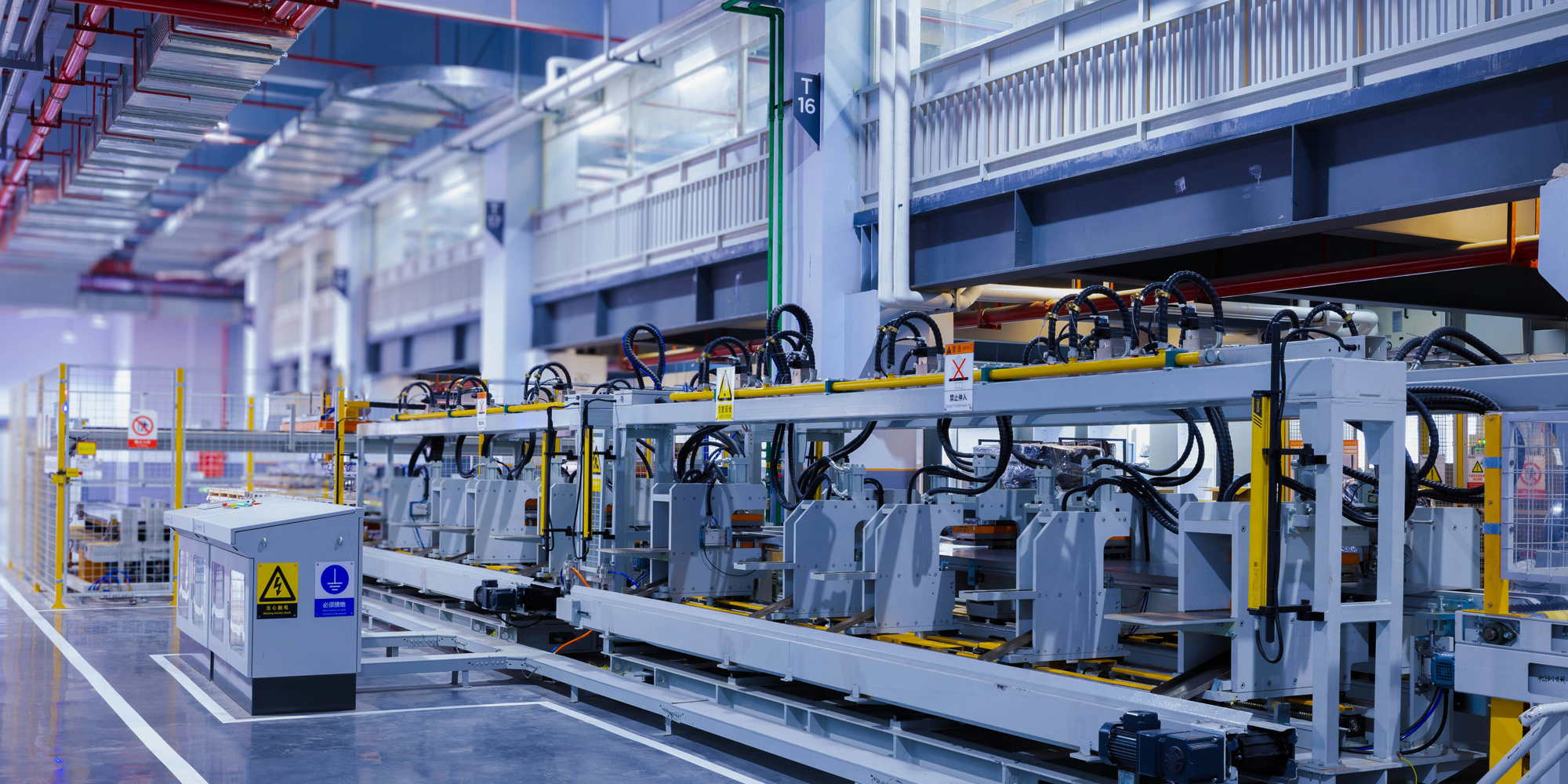The life sciences sector in 2025 continues to navigate a wave of political and economic uncertainty but one trend is becoming increasingly clear: the push to reshore manufacturing back to the United States.
This momentum mirrors the shifts seen during the tariff era, and major players like Novartis, Eli Lilly and Company, and Johnson & Johnson have already announced multibillion-dollar investments in expanding their US-based manufacturing capabilities.
On the surface, this looks like a huge win for domestic industry. However, a critical challenge looms beneath the optimism one that few are openly addressing: the talent gap.
BioTalent CEO James Cox points to a growing shortage of essential skill sets across manufacturing, operations, and engineering. The US manufacturing workforce is aging, with over 10% expected to be over the age of 65 by 2032, and more than 55% already over 50. This shift presents immediate challenges, from looming labour shortages to the loss of institutional knowledge as experienced professionals retire.
At the same time, the talent pipeline is thinning. Fewer students are choosing to pursue careers in manufacturing and engineering, and there’s been a steady decline in participation in apprenticeships, co-op programs, and hands-on training initiatives.
James also highlights how tightened immigration laws could further exacerbate the issue, cutting off access to international talent pools just as demand spikes. Taken together, these factors point toward an impending war for talent, right at the moment when the re-industrialisation of the US is accelerating.
As businesses begin planning for long-term growth and sustainability in this new manufacturing landscape, James’ encourages industry leaders to consider how they’re preparing to attract, retain, and reskill the workforce of the future.
The question now is: how ready is the US to meet this demand?

